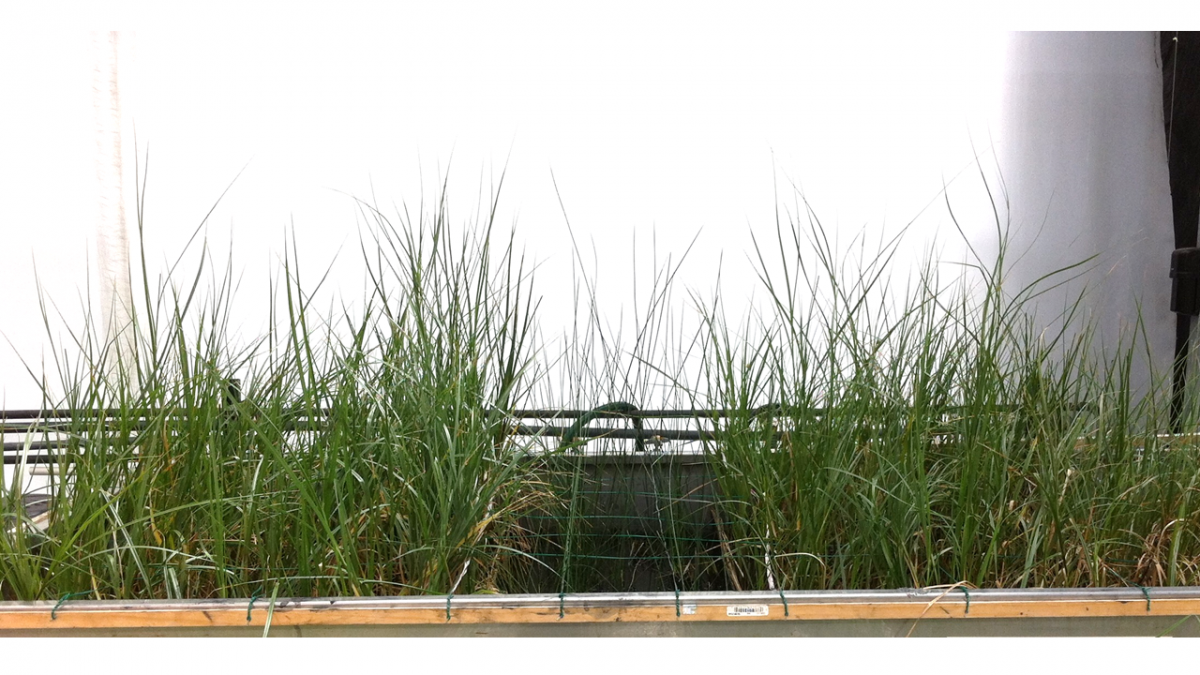Researchers in the Terry lab are currently working with a company to develop a sustainable remediation strategy for an impacted site in Pittsburg, CA, in the San Francisco Bay area. The site was historically a location where numerous industrial processes occurred, such as the development of catalysts and ammonia production. Abundant at the site are total petroleum hydrocarbons (TPHs), polyaromatic hydrocarbons (PAHs) and heavy metals. An additional variable that increases the complexity of this study is high salinity.
The remediation strategy will include using phytoremediation and constructed wetlands. The two main objectives of this research are to 1) identify native California plant species that are halophilic and able to germinate/grow at the impacted site and 2) categorize native microbes that are suitable for bioaugmentation of the site through acceleration of hydrocarbon degradation or by enhancing plant growth.
This project has been on-going since fall 2013. To date, numerous results are moving the project forward: 1) plant germination efficiency has been increased in the highly saline, TPH-impacted sediment matrix, 2) a simulated wetland mesocosm in the UCB greenhouse demonstrated that three species of wetland plants can grow in the TPH impacted sediment and TPH and PAH degradation occurs (see image below), 3) native plant species grow in both the TPH impacted and high saline sediment, 4) bacteria have been isolated and identified as TPH degraders and biosurfactant producers, and 5) a known gene that plays a role in TPH degradation has been isolated at the TPH impacted site in higher concentrations in the plant rhizosphere (versus plant-barren soils). This indicates that plants play an important role in harboring microbial communities that are able to degrade hydrocarbons.

Simulated wetland in the UCB greenhouse using the impacted sediment.
Research in fall 2015 through summer 2016 will see implementation of these findings at the field. More information can be found at the following link:
